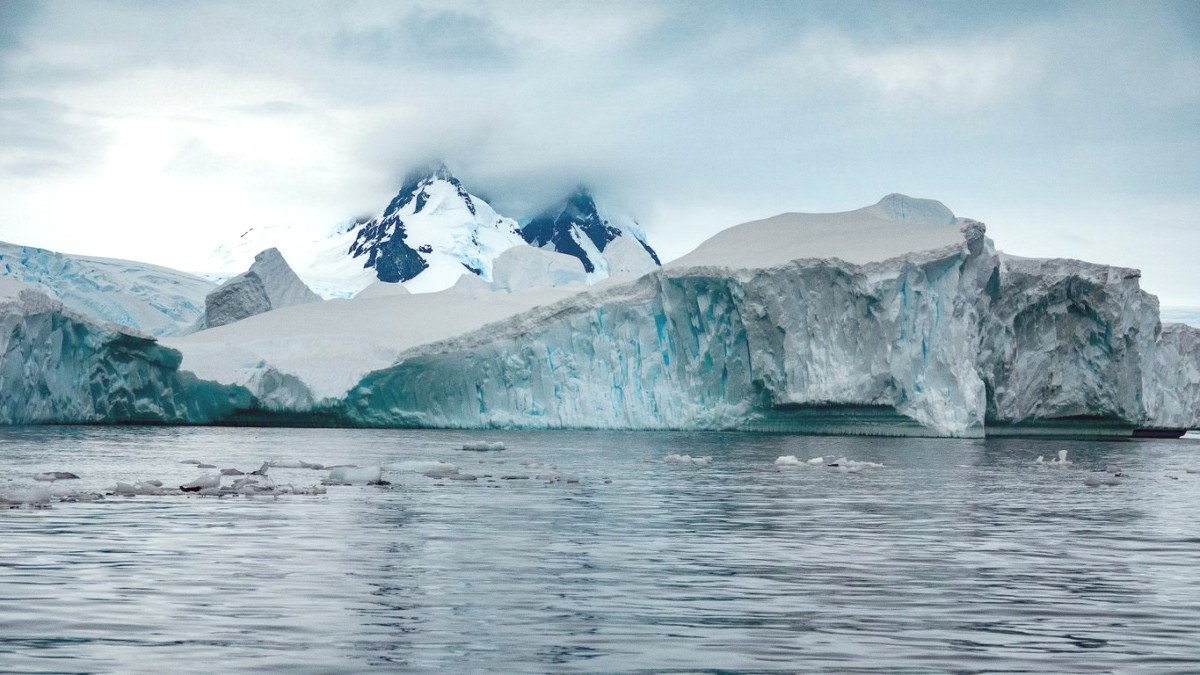
This layer wicks moisture, keeping you dry. Choose long-sleeve tops and bottoms made of merino wool or synthetic material.
This layer traps air for warmth. Bring at least two insulating layers.
Most useful item for landings. Many cruise operators often provide these. If not, purchase knee-high, insulated rubber boots.
Bring comfortable, non-slip shoes for wearing around the ship.
Keeping your documents organized and accessible prevents stress.
Cruise ships often feature both 110V (US) and 220V (European) outlets. Confirm this with your specific cruise line.
Antarctica is a photographer's dream. Prepare your equipment for optimal results.
Bring plenty of high-capacity memory cards for extensive photography.
Use an External hard drive or cloud storage for daily photo backups.
A Waterproof dry bag (10-20L) protects camera and electronics during zodiac transfers.
A basic Travel first aid kit is recommended for remote travel.
The dry, cold air can lead to dehydration. Drink plenty of fluids. Insect repellent is not needed in Antarctica.
Kayaking or stand-up paddleboarding (SUP) for close-up views. All required equipment (dry suits, safety gear) is provided.
A Lens cleaning kit for clear optics.
Small items greatly enhance your comfort and security during transit and on board.
Specialized cold-weather gear is impossible to purchase in Antarctica and expensive locally.
Reduce plastic waste.
Minimize single-use plastics.
For souvenirs in ports.
Eco-friendly power for devices.
Pack clothes in waterproof compression bags to save space and keep items dry. Label bags for easy access.
Create a detailed packing list and check it twice before departure.